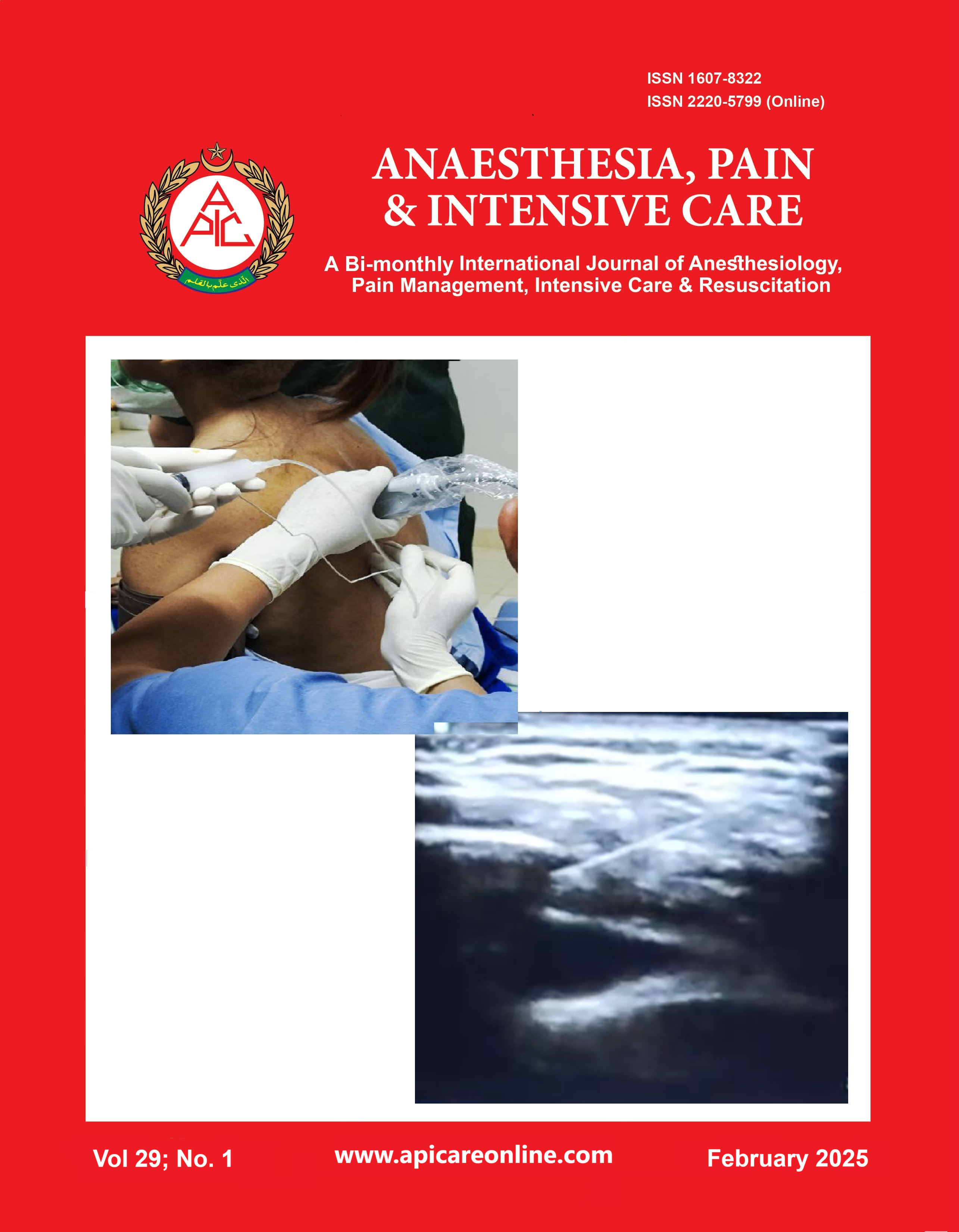Evaluation of new tumor marker CA 27-29 as a diagnostic biomarker for breast cancer in comparison to the standard CA 15-13
Abstract
Background: Breast cancer diagnostics often employ tumor markers for disease diagnosis, monitoring, progression, and recurrence. CA 15-3 and CA 27-29 are two such markers used in the clinical management of breast cancer. The aims of this research to evaluate the efficacy of new CA 27-29 as a diagnostic biomarker for breast cancer and risk assessment capability in comparison with well-established CA 15-3.
Methodology: A case- control study, that included 70 Iraqi women diagnosed with breast ductal carcinoma and 67 age- matched healthy women as a control group. Peripheral blood samples were collected from all participants. Biochemical parameters were analyzed by using standard techniques.
Results: The findings revealed that CA 15-3 is the best reliable biomarker for breast cancer diagnosis, with an area under the curve (AUC) of 1.00 with cut-off value of 22.25. CA 15-3 demonstrated perfect sensitivity and specificity, establishing it as an ideal marker for detecting breast cancer. The odds ratios were 13.313 for CA 15-3 and 2.561 for CA 27-29.s
Conclusion: CA 15-3 stands out as an exceptionally reliable biomarker with perfect sensitivity, specificity, and a high odds ratio, making it a strong candidate for both diagnosis and risk assessment.
Key Words: Breast cancer, CA 27-29, CA 15-3, Tumor Markers.
Citation: Hadi SF, Ibraheem SAHA, Abbas JA. Evaluation of new tumor marker CA 27-29 as a diagnostic biomarker for breast cancer in comparison to the standard CA 15-13. Anaesth. pain intensive care 2025;29(1):77-84.
Received: September 27, 2024; Reviewed: October 24, 2024; Accepted: January 01, 2025














